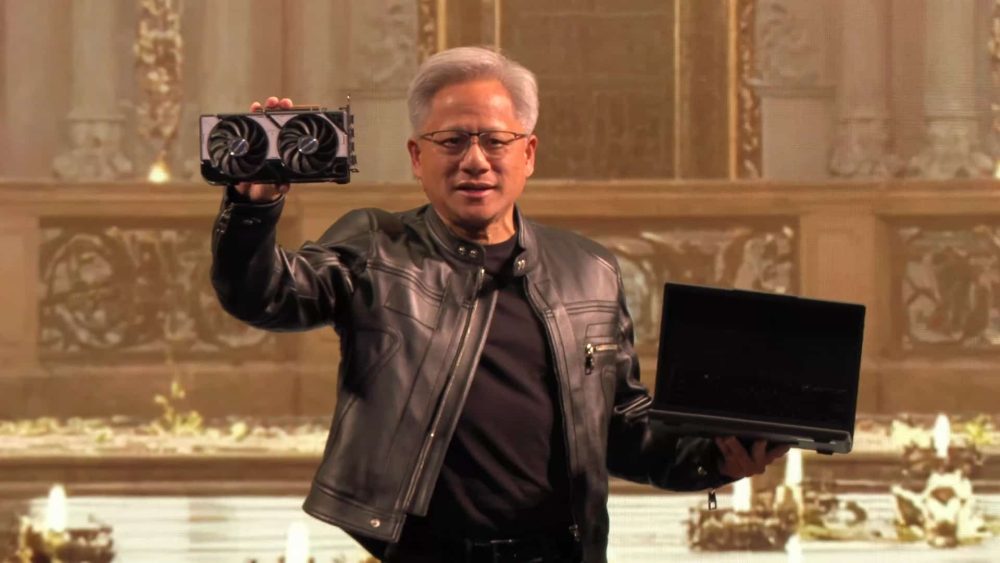NVIDIA CEO Jensen Huang has confirmed that the company’s next-generation AI architecture, Rubin, is now underway at Taiwan Semiconductor Manufacturing Company (TSMC), with six chips already taped out and preparing for trial production.
Speaking with Taiwanese media during his visit to Taipei, Huang described Rubin as NVIDIA’s “most advanced” architecture yet, representing a fundamental overhaul of the firm’s entire compute stack. The Rubin lineup includes new GPUs, a dedicated CPU, a silicon photonics processor, and a next-generation NVLink switch, marking NVIDIA’s first full-stack refresh from the ground up.
Rubin chips will feature HBM4 memory, TSMC’s 3nm N3P process, and CoWoS-L advanced packaging, while also moving NVIDIA into chiplet-based designs for the first time. The flagship R100 AI GPU will use a 4x reticle design, expanding significantly beyond the Blackwell generation’s 3.3x reticle size. Industry watchers expect Rubin to debut in 2026, with a possible reveal at NVIDIA’s GTC Washington, D.C., in October 2025.
This rapid pace follows the rollout of Blackwell-based products earlier this year, underscoring NVIDIA’s aggressive product cycle in the AI race.
Geopolitical Underpinning
Huang’s visit to TSMC also came amid escalating U.S.–China tech tensions. The company recently asked suppliers, including Foxconn, Amkor, and Samsung Electronics, to halt production of its China-specific H20 chip after Beijing raised security concerns. U.S. export controls have already shaped NVIDIA’s China strategy, forcing it to redesign chips like the H20 with capped performance levels.
When asked about a successor to the H20, Huang emphasized that any decision ultimately rests with the U.S. government, not NVIDIA. Meanwhile, NVIDIA continues to juggle global demand for its AI accelerators while ensuring compliance with export restrictions.
What Rubin Means for the Future
Rubin represents not just an incremental improvement but a structural leap for NVIDIA. By adopting chiplets, silicon photonics, and HBM4, NVIDIA is signaling that the scale of AI workloads requires entirely new design paradigms. If successful, Rubin could set the blueprint for AI hardware in the late 2020s, improving scalability, energy efficiency, and interconnect performance.
At the same time, geopolitics remains a wildcard. As NVIDIA pushes computing boundaries, its most advanced products may never reach certain markets, leaving companies in China and elsewhere to rely on older architectures. This tension highlights a split between technological possibility and political reality in the semiconductor industry.



Timothy E Green US economy private investment stocks market Bonus S&P 500 FICD fixed income. 10 years time 5 days week. money market TD Bank TD Ameritrade insurance Clarenc claim ticket FDIC IRA payment for my portfolio. Stop hacking from hacking into my phone and my money and my investment money of my portfolio. Nvidia. Help stop hackers from my account.